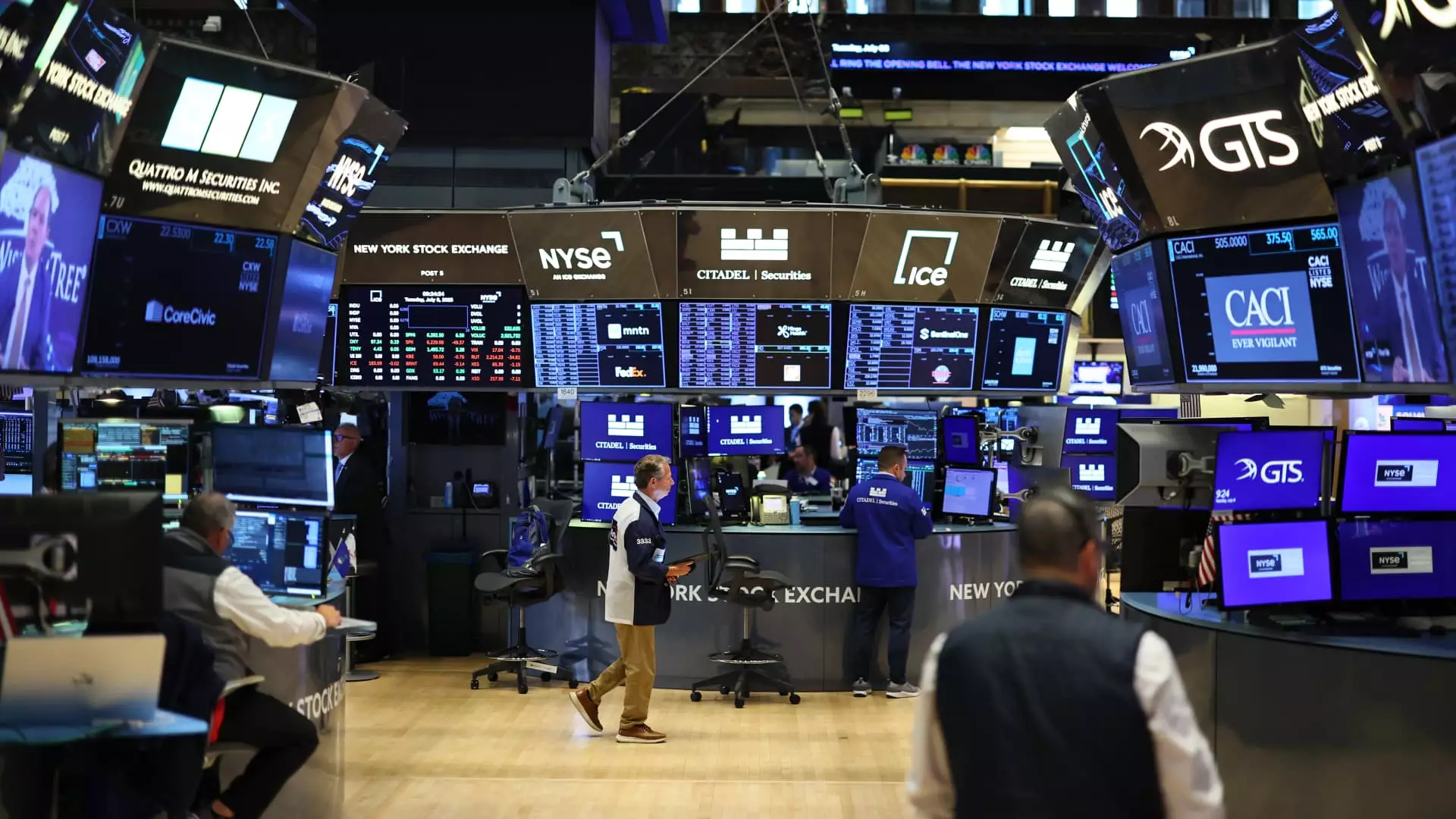Recent financial analyses suggest that investors should brace themselves for intensified market turbulence over the next six months. This outlook, rooted largely in cautious optimism from mainstream asset managers, deserves a deeper critique. While some see this period as an opportunity for tactical repositioning, the broader message hints at a wavering confidence in the resilience of the economy. The narrative revolves around slowing growth, cooling labor markets, stubborn inflation, and the Federal Reserve’s unpredictable next steps. Such a portrait, presented without skepticism, risks oversimplifying complex dynamics or underestimating the resilience of free markets. A prudent investor, especially those with a center-right, conservative liberal stance, ought to question whether these warnings are alarmist or justified—and what underlying assumptions form the basis of such gloomy forecasts.
The Illusion of Federal Reserve Flexibility
The theory that the Federal Reserve will prioritize jobs and cut interest rates to safeguard employment appears optimistic at best. This assumption assumes central banks can perfectly calibrate policies to balance growth and inflation, but history demonstrates that monetary policy is often reactive rather than visionary. The narrative hinges on the idea that the Fed’s loosening of monetary policy will serve as a catalyst for bonds, yet this perspective risks underestimating the potential for misjudgment or unintended consequences. Central banks, driven by political pressures and economic uncertainties, may opt for tighter measures or become entangled in conflicts between inflation control and employment preservation. For investors committed to free-market principles, this overreliance on manipulation of monetary supply seems precarious. Markets are not machines that respond predictably to interest rate cuts; they are complex systems shaped by myriad forces, including global geopolitics, technological innovation, and entrepreneurial spirit.
The Myth of Bond Resilience and Defensive Strategies
Vanguard’s confidence in fixed income as a havenspot introduces a very specific narrative: bonds will flourish in an environment of weakening growth and rising inflation. While U.S. Treasurys are traditionally seen as safe assets, this narrative ignores the potential pitfalls faced by fixed income securities in the coming months. The idea that bond yields will decline gradually and provide stable returns is comforting but not guaranteed. Volatility in government debt markets remains a real concern, particularly given the unpredictable nature of inflation and fiscal policy responses. The aggressive push into bond ETFs may risk creating a false sense of security—a dangerous oversimplification for conservative investors who need to prepare for a wide range of scenarios, including inflation shocks, geopolitical disruptions, or unexpected fiscal crises. It’s vital to understand that past performance is not indicative of future results and that fixed income investments carry risks, especially when central banks may change their tune unexpectedly.
The Barbell and Buffer Approach: A Flawed Defense
BlackRock’s barbell strategy, which mixes cash, buffer ETFs, and equities, ostensibly offers a tactical hedge against downturns. Yet, this approach presupposes a controlled, predictable environment where buffers will protect downside and still offer upside. Reality often diverges from such optimism. Buffer ETFs and other protective instruments are not immune to market shocks, and their effectiveness hinges on precise timing and market conditions. Relying heavily on these instruments might lull investors into complacency, leaving them unprepared for unexpected sharp declines or prolonged stagnation. Furthermore, the strategy’s focus on macro themes like artificial intelligence and infrastructure, while promising, carries significant geopolitical and policy risks. Such narratives are attractive but can distract from the fundamental truth: markets are inherently uncertain, and betting large on emerging trends may not align with a prudent, fiscally conservative ethos.
Questioning the Conventional Wisdom in a Volatile World
From a center-right perspective, it’s crucial to scrutinize the prevailing narrative that the market’s downturn is inevitable and that defensive positioning will inevitably pay off. Market resilience, driven by entrepreneurial innovation, deregulation, and free enterprise, tends to defy gloomy projections—especially when overly reliance is placed on central bank policies and defensive ETFs. Investors with a conservative liberal ideology—supporting free markets but cautious of government overreach—should consider whether these strategies are a form of surrender to interventionist narratives rather than a true reflection of economic sovereignty. The danger lies in accepting a narrative without question, thereby surrendering to a perception of inevitability rather than leveraging the inherent strength of capitalist markets in times of uncertainty. Rather than retreat into safety, a more nuanced approach involves meticulous security, selective exposure to growth sectors, and recognition of the long-term resilience built into the fabric of a free-market economy.
In the end, the coming months demand vigilance—not naivety. While cautious positioning is wise, it should not lead to capitulation. Investors must remain skeptical of overly simplistic forecasts and remain committed to principles of economic liberty, innovation, and entrepreneurial resilience, especially amidst a world of rising geopolitical risk and rapid technological change.

